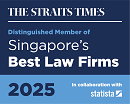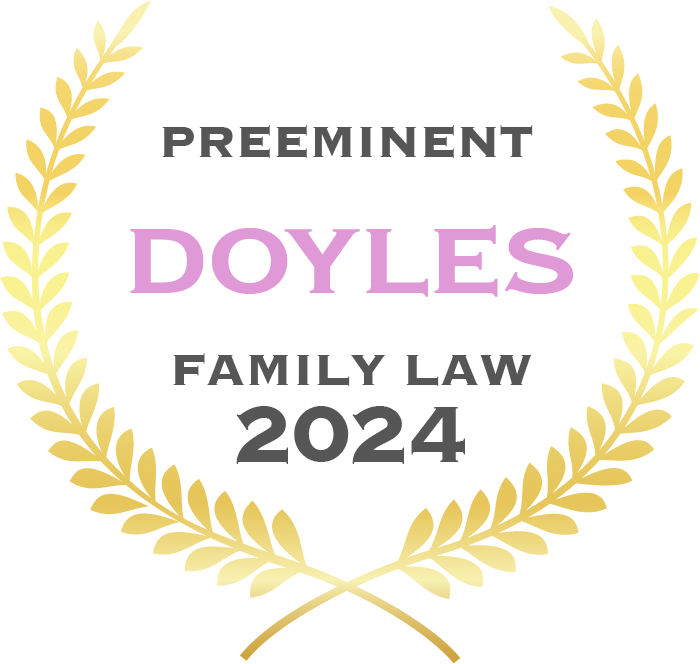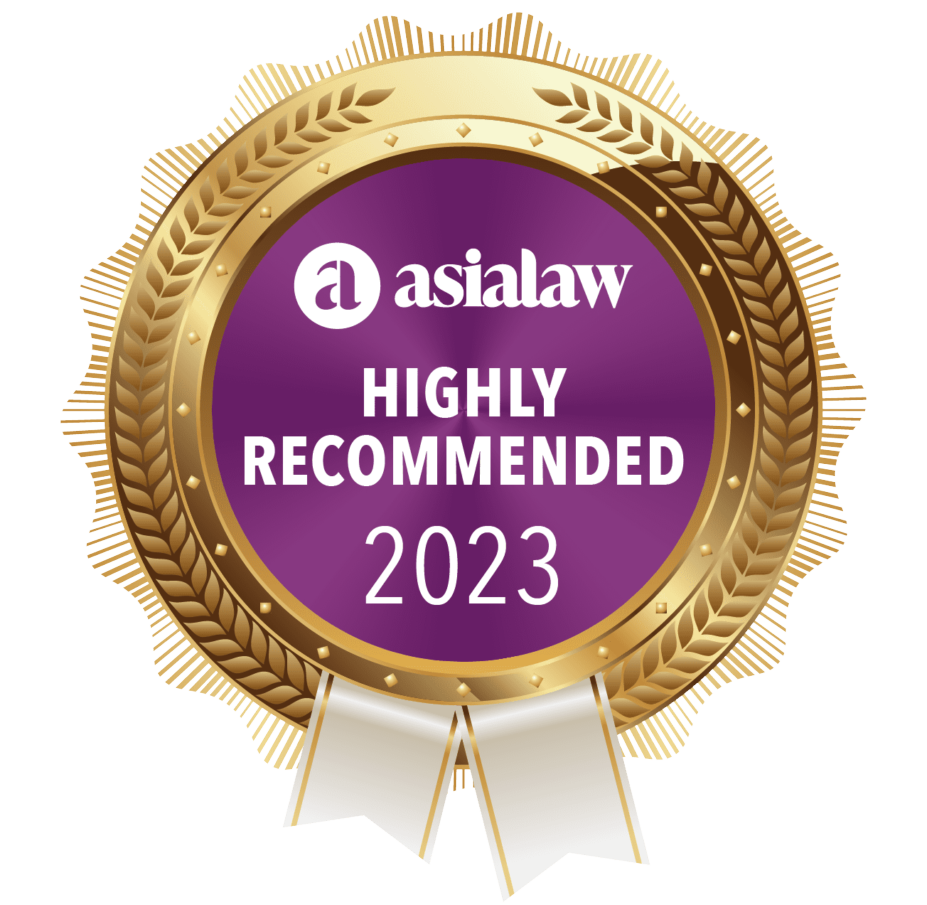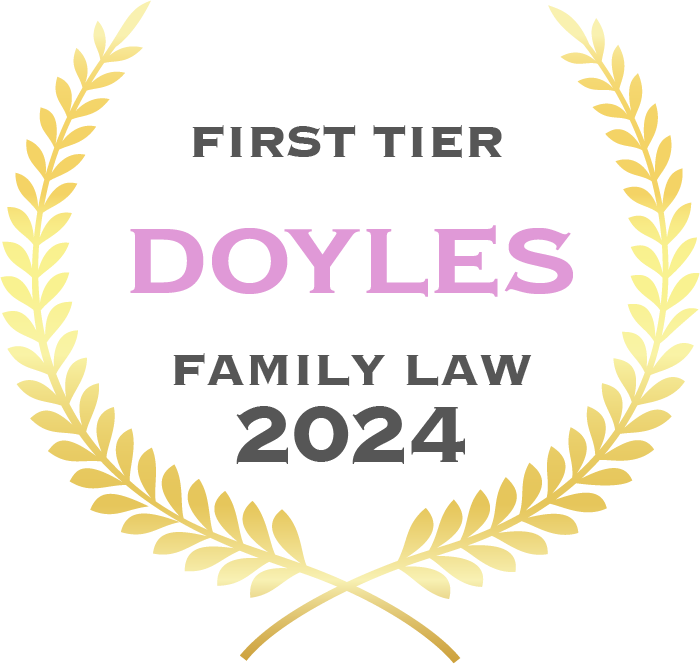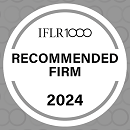On 8 May 2017, the English High Court, Queen’s Bench Division, issued judgment in The Director of the Serious Fraud Office v Eurasian Natural Resources Corporation Ltd (DSFO v ENRC). The decision articulates important principles on privilege in documents created in the context of internal and regulatory investigations.
ENRC had commenced an internal investigation into allegations of criminal conduct within the corporation. ENRC communicated with the SFO with transparency throughout the internal investigation and agreed to provide documents, until the SFO subsequently opened a criminal investigation and sought to compel disclosure of materials created in the course of ENRC’s internal investigation. ENRC sought to withhold the disclosure of those materials on grounds of privilege but was unsuccessful.
4 points you need to know:
- Under English law, legal advice privilege (LAP) does not generally cover communications (e.g. interviews) undertaken as part of a fact-finding investigation with the employees of an instructing corporation, unless (i) those employees are authorised by the corporation to seek and receive legal advice and can be defined as “the client” to whom LAP attaches, or (ii) such communications contain legal advice;
- Notes taken by lawyers of what they have been told by witnesses are not privileged documents, unless the contents of the documents would betray the tenor of the legal advice.
- The reasonable contemplation of a criminal investigation does not necessarily equate to the reasonable contemplation of a prosecution. For litigation privilege to apply, a person anticipating a criminal investigation should also contemplate that prosecution is likely, rather than just possible. This must be considered on a case by case basis; and
- In applying the “dominant purpose” test for litigation privilege, there is a difference between a document created for the dominant purpose of conducting litigation as opposed to avoiding litigation. Litigation privilege does not extend to materials created in order to obtain legal advice as to how best to avoid contemplated litigation.
The current position in Singapore:
- In Singapore, both LAP and litigation privileges find their expressions in sections 128 and 131 of the Evidence Act. The scope of privilege under these sections was laid out decisively by the Court of Appeal in Skandinaviska Enskilda Banken AB (Publ), Singapore Branch v Asia Pacific Breweries (Singapore) Pte Ltd (“Skandinaviska”).
- Under Singapore law, LAP similarly does not generally cover communications with a corporation’s employees, unless those employees were “expressly or impliedly” authorised by the corporation as agents to make such communications such that they would fall under the definition of “client” under section 128(1) of the Evidence Act. In stating this principle, the Court of Appeal followed the English Court of Appeal decision of Three Rivers District Council v Governor and Company of the Bank of England (No 5) (“Three Rivers (No 5)”), which also took a narrow interpretation of the term “client”. The Court in Skandinaviska went on further to highlight that LAP only protects such agents which stand “in exactly the same position” as the client and act as mere conduits of communication, as opposed to agents who are creators of information for communication.
- However, the Court of Appeal in Skandinaviska also considered the changing landscape of LAP with regards to third parties who may not fulfil the definition of “client” under the traditional English test in Three Rivers (No 5). In doing so, the Court stated in obiter that the “dominant purpose” test from the Australian Federal Court case of Pratt Holdings Pty Ltd v Commissioner of Taxation (“Pratt”) was “principled, logically coherent, yet practical”, and “particularly apposite in cases of large commercial frauds”. In Pratt, the Australian Federal Court held that the test of whether LAP should attach to a communication should be determined by examining if it was for the dominant purpose of giving legal advice. As no argument was made by the parties before the Court in Skandinaviska on the applicability of Pratt, the issue remains open as to whether the test in Pratt should be applied instead of the narrow interpretation of “client” adopted from Three Rivers (No 5).
- Since Skandinaviska, no case in Singapore has unequivocally adopted the “dominant purpose” test in Pratt and rejected the position in Three Rivers (No 5). In addition, it is unclear as to how the test from Pratt would be reconciled with the requirement for a communication to be “by or on behalf of a client” under section 128(1) of the Evidence Act for it to be covered by LAP, as the test focuses on the purpose of the communication and renders the definition of “client” otiose. As it stands, the Singapore position on LAP is that of Three Rivers (No 5) as applied in Skandinaviska.
- As for litigation privilege, the Court of Appeal in Skandinaviska affirmed two fundamental principles, namely that (i) there must be a reasonable prospect of litigation, as opposed to a “mere possibility” and (ii) the documents must have been created for the dominant purpose of litigation. This remains the authoritative position in Singapore to date.
Commentary
- The case is under appeal – This case has been hotly debated within the legal community. In practice, it is rare that interviewees are within the narrowly defined group of employees who are defined as the “client” under English law. In addition, the principles in respect of the moment in time when litigation can be said to be in reasonable contemplation, and the distinction between “conducting” and “avoiding” litigation, is likely to further restrict the application of LAP. These issues are similarly pertinent in Singapore, especially in the context of LAP, given the Court of Appeal’s statements in Skandinaviska as to the applicability of the dominant purpose test in Pratt.
- Limitation on the scope of LAP – The ENRC judgment reaffirms the recent RBS Rights Issue judgment from December 2016 which decided that the “client” for the purposes of LAP is limited to those persons authorised by the company to obtain and receive legal advice, and does not extend to those who merely possess information that the lawyers require. In the ENRC case, the individuals interviewed by the lawyers were not employees of ENRC but its subsidiaries, third party contractors/suppliers and affiliated companies and were clearly not the “client”. The Judge clarified that in the context of a large corporation the person directly instructing a lawyer (e.g. the in-house counsel) may not be the same person as those within the corporation who want to receive the advice but that person would still be considered a “client” for privilege to apply. The current position in Singapore as elaborated on by the Court of Appeal in Skandinaviska is consistent with the ENRC judgment and the RBS Rights Issue judgment. As Skandinaviska remains good law as to the definition of “client” in the context of LAP, the ENRC judgment serves to affirm the existing principles applicable for the finding of LAP.
-
Limitation on the scope of Litigation Privilege – Fact finding investigations are not coved by privilege unless (i) objectively, adversarial litigation is in reasonable contemplation by the corporate (as opposed to a “mere apprehension” of litigation being in prospect); and (ii) the dominant purpose for the creation of internal investigation documents is for conducting or advising on actual or anticipated litigation. This position comports with the current state of the law in Singapore. While each case is to be considered on its own facts, what happened in this case may be of useful reference:
- ENRC was in a self-reporting process, but this did not impact the existence of litigation privilege. However, ENRC was found to have been contemplating a civil settlement or the avoidance of litigation, rather than to defend potential or anticipated litigation; and the dominant purpose for the creation of various documents was for the former purposes not the latter. This is probably the most controversial aspect of the judgment;
- the evidence upon which ENRC relied to show that litigation was in reasonable contemplation, was weak. It was alleged that senior individuals did not provide direct witness evidence to avoid prejudicing their positions in criminal proceedings which may be brought against them by the SFO in due course. However, the Judge was not convinced by this reasoning; and
- ENRC had agreed to share information with the SFO and provide them with a report relating to its internal investigation, and offered full transparency throughout its communications with the SFO during its internal investigations. Understandably, to then assert litigation privilege over documents created in the internal investigations was always going to be difficult.
- ENRC’s mandate to its lawyers to undertake an investigation and then advise on its potential liability had been severed, in that one firm was instructed to conduct a fact finding investigation and another was instructed to provide legal advice. Had the retainer been drafted requiring the lawyers not just to investigate the facts, but to also advise on all consequential aspects, then arguably the claim for privilege would have been stronger as the duty to fact find and advise are inextricably linked.
Conclusion
- There is simply no single or universal step that will allow a corporate to claim privilege over communications created in the context of internal investigations. The best safeguard to preserve the ability to assert privilege remains to engage external counsel as early as possible to ensure appropriate thought is given to the purpose and scope of all internal investigations against the specific factual circumstances.
- The ENRC judgment does not fundamentally differ from the principles of LAP and litigation privilege which have been accepted in Singapore by its apex court. The judgment is especially useful in affirming the current position on legal professional privilege, given the persuasiveness of English judgments in Singapore. Having said that, it remains to be seen whether the Singapore Courts will cite the ENRC judgment should the opportunity arise.
- Regulators will likely be wary of firms structuring investigations in novel ways simply to preserve a possible claim for privilege if that is likely to impact of the integrity of that necessary investigation. As ever, a risk-based approach is likely needed.
- ENRC are applying for permission to appeal to the Court of Appeal. If the appeal goes ahead (unlike in the RBS case where an appeal’s utility fell away), the higher court may provide more guidance on the application of the principles which can be drawn from both judgments, and hopefully reinforce the importance of both LAP and litigation privilege.
You can access the full judgment here


